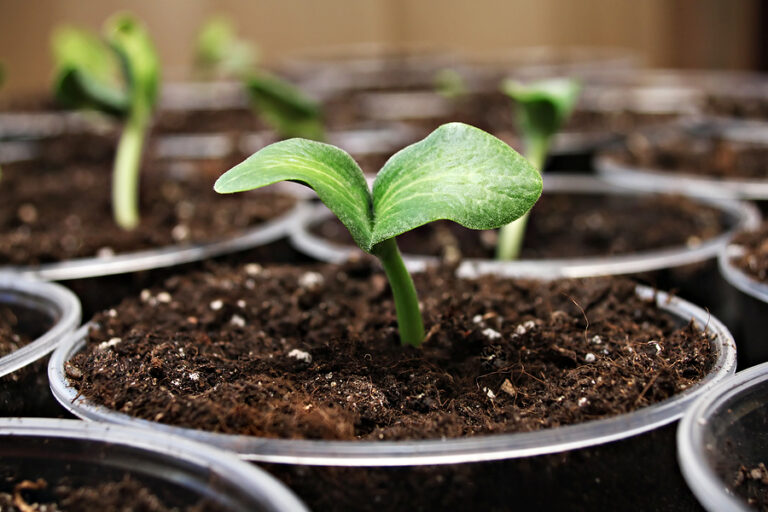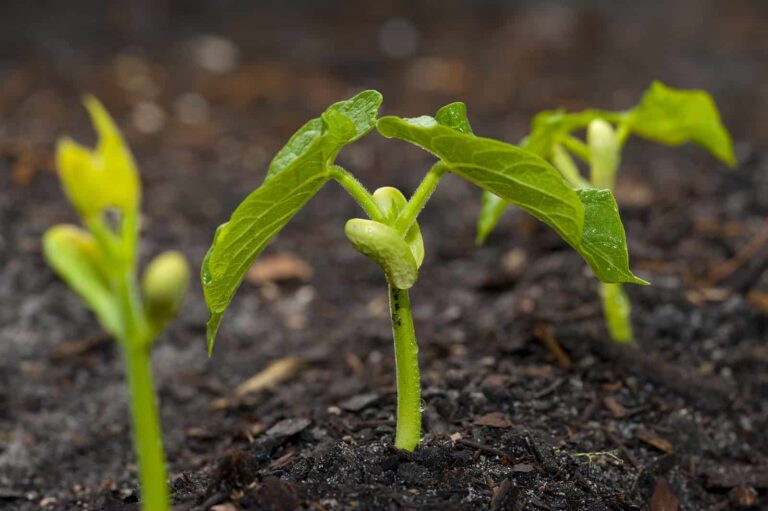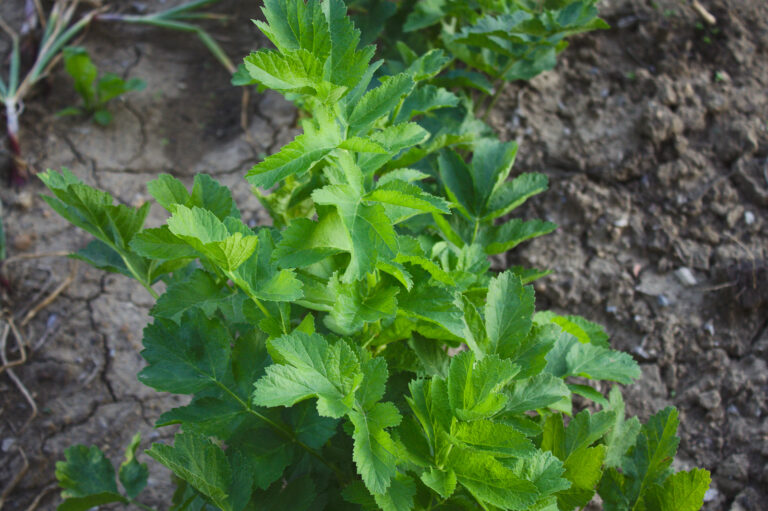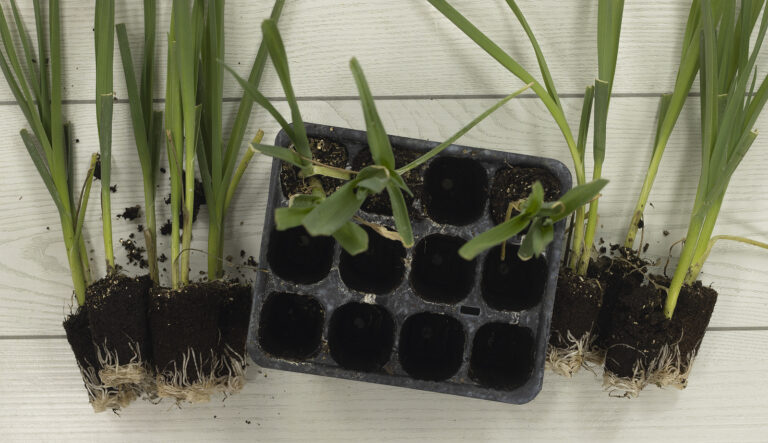Peat Pot Buyer’s Guide
Peat pots are small pots made from compressed peat and wood fiber and sometimes fertilizer. Peat pots are used for starting seeds, usually with sterile soilless mixes. Peat pots are biodegtradable and can be planted directly into the garden when the seedling is ready, avoiding transpant shock as well as the work of repoting. Peat pots are especially suitable for bedding plants and vegetables that normally may be hard to transplant.
Standard peat pot sizes include 2 inches sqaure, 2¼ inches round or square, and 3 inches round or sqaure. Dwarf peat pots can be wider and less tapered than standard pots. So-called Long Tom pots are taller.
Many gardeners prefer peat pots because unlike plastic pots they are biodegrable. Peat pots are said to promote stronger and healthier root systems because they allow for the efficient uptake of water, nutrients, and oxygen, When it comes time to transplant seedlings into the garden, the plant and entire peat pot can be set in the ground, which reduces the risk of transplant shock. Becsuse peat pots are made from organic materials such as peat moss and wood pulp, plant roots naturally penetrate through the peat pot walls as the pots decompose.
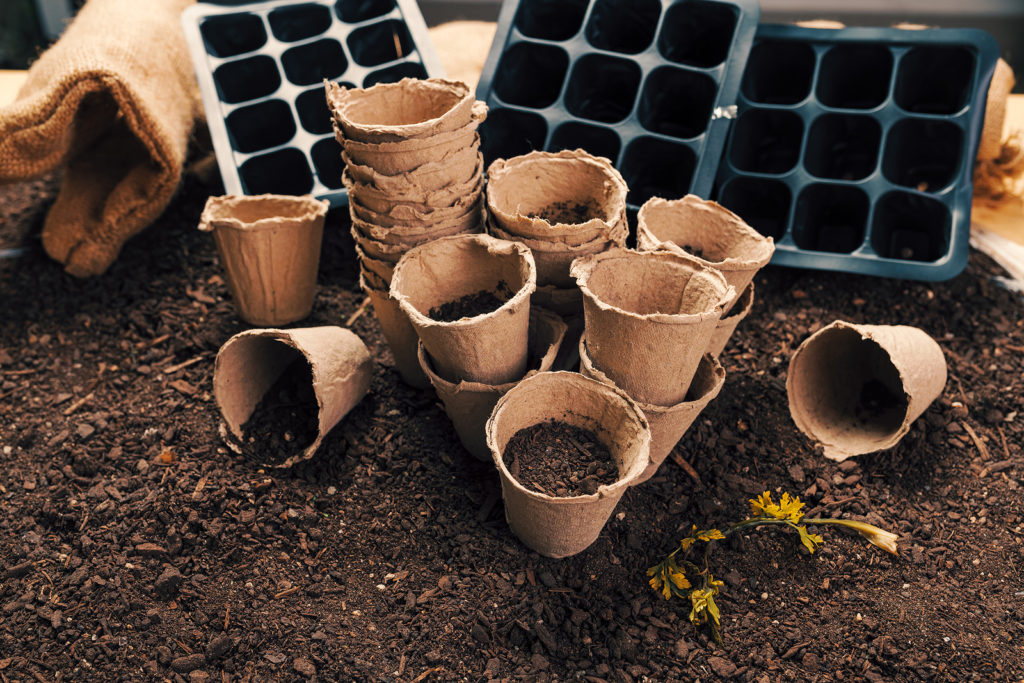
Peat pot benefits
Peat pots offer environmental advantages. Unlike plastic pots, which contribute to landfill waste, peat pots are completely biodegradable. As the pots decompose, they enrich the soil with organic matter, enhancing soil fertility. This makes peat pots a sustainable choice for gardeners who prioritize eco-friendly practices. Additionally, using peat pots eliminates the need for plastic pot disposal, reducing the carbon footprint and minimizing environmental impact.
As the plants grow, the peat pots gradually decompose and blend seamlessly with the soil, eliminating the need for transplanting. This feature not only reduces the stress on the plants during transplanting but also promotes stronger root development. Additionally, peat pots allow for better aeration and drainage, preventing root rot and providing optimal growing conditions for your plants.
Peat pots regulate moisture levels effectively. Peat pots are designed to absorb and retain moisture, helping to prevent overwatering or underwatering. This is beneficial for plants that require consistent moisture levels, such as herbs, vegetables, and flowers. By maintaining an optimal environment for the plant’s roots, peat pots can enhance overall plant growth and productivity.
Peat pots are an excellent option for starting seeds indoors and transplanting them easily once they’ve matured.

Choosing the right peat pot
When it comes to sizes and shapes, peat pots are available in a wide range of options. From tiny seedling pots to larger ones for mature plants, there is a size to suit every type of plant. Some peat pots also come in innovative forms, such as rounds, squares, or strips, which are particularly convenient for commercial nurseries or those looking to maximize space utilization.
When choosing a peat pot, size matters. Choosing the right size peat pot is crucial for the development and overall health of your plants. Consider the type of plant you are growing. Different plants require different sizes of peat pots. Smaller plants like lettuce and herbs are best suited for smaller pots, typically around 2 inches in diameter. On the other hand, larger plants such as tomatoes or peppers will thrive better in larger pots, usually around 4 inches or more. Factor the growth habit and root system of the specific plants to select the right size.
Consider the length of time your plants will spend in the peat pots before being transplanted. If you plan on transplanting your seedlings into larger containers or directly into the ground relatively quickly, smaller pots may suffice. However, for plants that require a longer time to develop, it is advisable to start them in larger peat pots, giving them ample room for root growth.
Consider the environmental conditions in which the plants will be growing. If you live in a region with a shorter growing season, starting your plants in larger peat pots can be beneficial. The larger pots provide more room for root development, allowing the plants to mature faster and increase their chances of reaching their full growth potential.
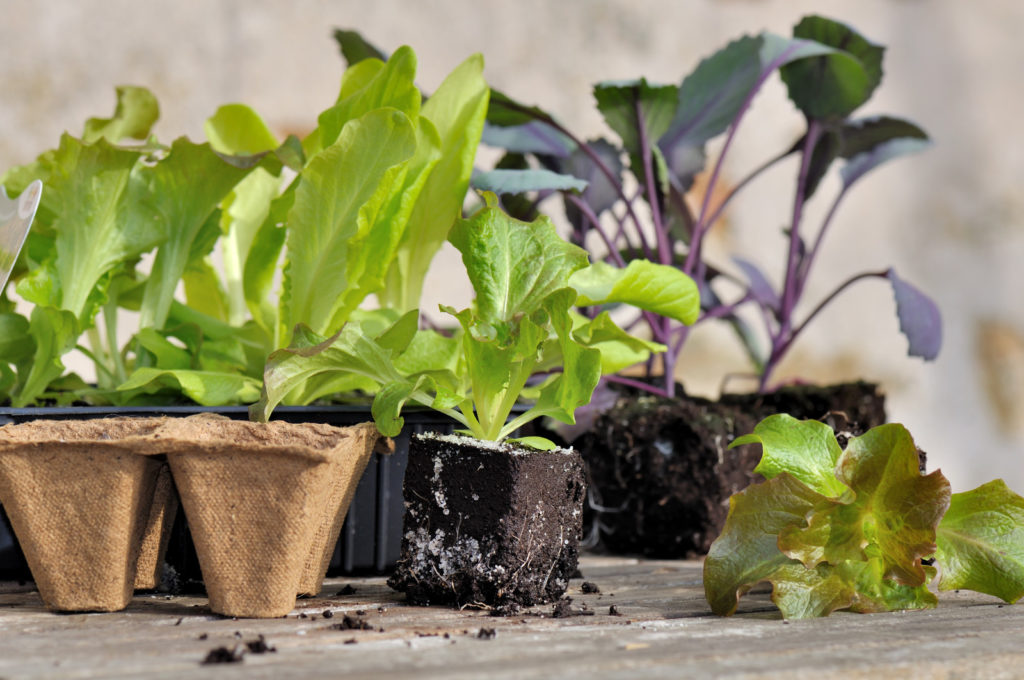
Peat pot buying tips
Consider the following when purchasing peat pots:
Material
Consider the material the pot is made of. Peat pots are typically made from a mixture of peat moss and other organic materials. It is important to ensure that the peat used in the pot is of high quality and sourced responsibly to promote sustainability. Look for certifications that indicate responsible sourcing practices.
Durability
Consider the pot’s durability. A well-made peat pot should be sturdy enough to hold the weight of the soil and plant without falling apart easily. The walls of the pot should be thick and firm, providing support to the growing plant. It is advisable to choose pots with reinforced edges as they are less likely to break or crumble.
Size
Consider the width and depth of the peat pot. Peat pots come in various sizes and depths, and it is crucial to choose one that suits the specific needs of your plants. A pot that is too shallow may restrict root development, while a pot that is too deep can cause waterlogging and poor drainage. Opting for pots with adequate drainage holes at the bottom is recommended to prevent water accumulation.
Drainage
Consider the pot’s drainage features. Adequate drainage is crucial for healthier root development, so opt for pots with ample drainage holes.
Growing space
Consider space constraints for raising plants in pot. If you have limited space for starting plants from seed or prefer to grow plants in smaller containers, opt for smaller-sized peat pots. This will allow you to maximize your limited space while still providing adequate room for the plants to grow. Peat pot buying tips
Aesthetics
Consider the overall aesthetics of the peat pot. Quality peat pots should have a smooth exterior finish without any cracks or blemishes. The color of the pot should be uniform, indicating uniformity in composition and quality.
Brand
Peat pots with branding or labeling from trusted manufacturers or brands can provide additional reassurance about the product’s quality and reliability.
Price
Peat pots are about the same price as the peat pellet, but you will need to fill peat pots with a growing medium, making them ultimately just a little more expensive.

Planting a peat pot
- Set the peat pot fully in the soil. Remove any small part of the pot that sticks above the soil level when setting the plants into the garden–otherwise it act as a wick, drawing water away from the plant’s roots and into the air.
- Before planting score the sides of the peat pot with a sharp knife. This will allow roots to grow into the surrounding soil before the peat pot fulling decomposes.
- Sow several seeds per pot and thin to one after germination.
Related articles:
Choosing Plants for Containers
Flower Gardening in Containers
Container Vegetable Gardening Guide
Pot and Container Sizes for Growing Vegetable Crops
Container and Pot Sizes: How Much Soil Do I Need?


